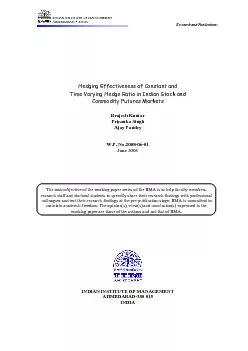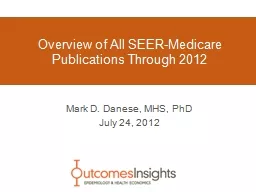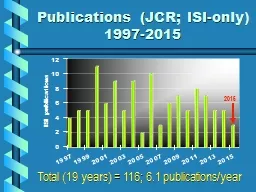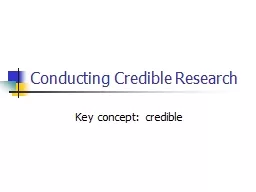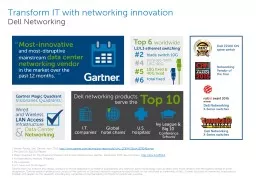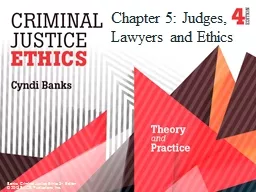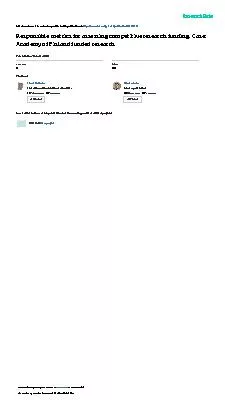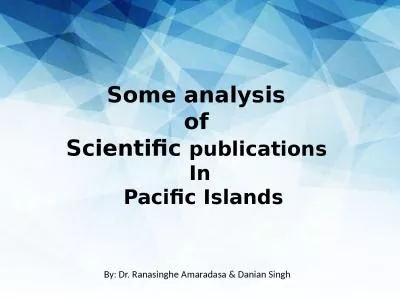PDF-Research and Publications
Author : calandra-battersby | Published Date : 2016-04-23
INDI AN INS T IT UTE OF MAN A G E ME NT AHM EDABA D IND I A Hedging Effectiveness of Constant and Time Varying Hedge Ratio in Indian Stock and Commodity Futures
Presentation Embed Code
Download Presentation
Download Presentation The PPT/PDF document "Research and Publications" is the property of its rightful owner. Permission is granted to download and print the materials on this website for personal, non-commercial use only, and to display it on your personal computer provided you do not modify the materials and that you retain all copyright notices contained in the materials. By downloading content from our website, you accept the terms of this agreement.
Research and Publications: Transcript
Download Rules Of Document
"Research and Publications"The content belongs to its owner. You may download and print it for personal use, without modification, and keep all copyright notices. By downloading, you agree to these terms.
Related Documents

